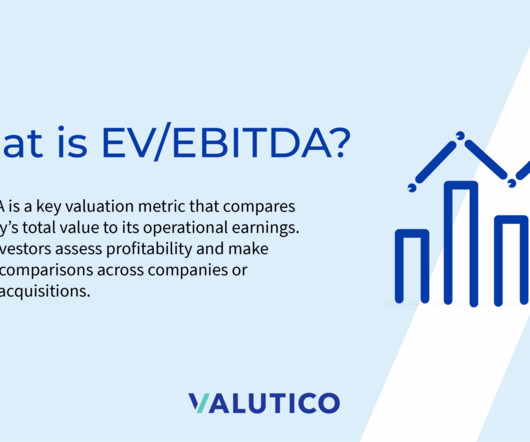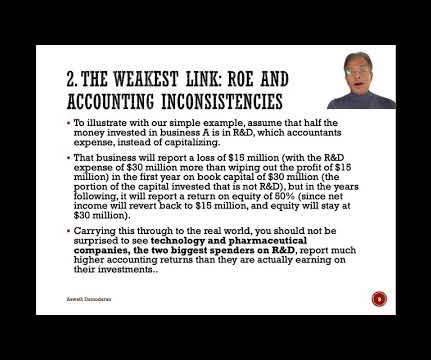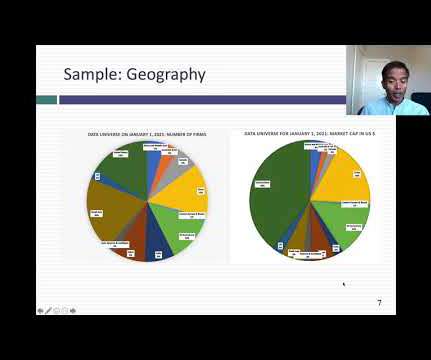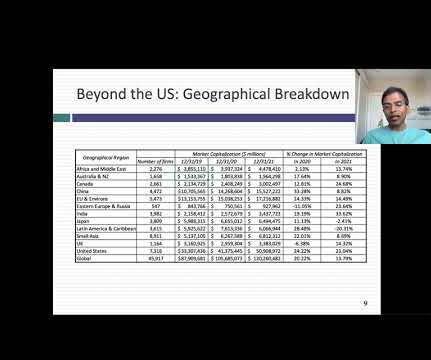EV/EBITDA Explained: A Key Valuation Multiple for Investors
Valutico
MAY 19, 2025
Unlike many other financial measures, EBITDA provides a snapshot of a company’s core operational performance, sidelining the impacts of financing choices (interest), tax implications (taxes), and specific non-cash accounting practices (depreciation and amortization). Also, excess cash can be considered as a non-operational asset.











Let's personalize your content